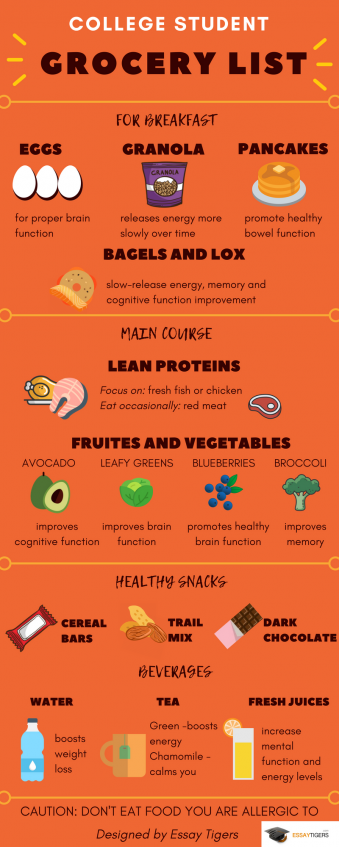
In other words, the body produces very little DHA and EPA from the ALA contained in plant-source foods. In terms of omega-3, plant-source foods only provide ALA, and while ALA is a precursor of EPA and DHA, the conversion process is not very effective. Rapeseed oil provides an average 7.5 g of ALA per 100g but once again, it is very high in calories.

Rapeseed oil is also an excellent source of ALA which has the added advantage for those who like it, of being largely produced in Europe, meaning it has not travelled thousands of miles before ending up on our plates. It is best to leave them to soak overnight in the refrigerator, in either water, milk or plant milk, to form a kind of nutritious porridge which is excellent for health. Note, however, that it’s important to add liquid to chia seeds in order to benefit from their properties. And justifiably so: they’re an excellent source of omega-3 fatty acids: 100g of chia seeds provides almost 18g of ALA. Like linseeds, chia seeds are considered to be super-foods and have been very much in vogue for several years now.

And it is very high in calories, with around 900 kCal per 100g.Īs well as being delicious and easy to store once harvested in the autumn, nuts are also an excellent source of omega-3. It should also be kept in the refrigerator as it quickly becomes rancid. Note, however, that linseed oil is not able to withstand high temperatures and loses its nutritional benefits during cooking. as flaxseed or linseed oil, which contains 53.3 g of ALA per 100g.

Anyone who suffers from constipation, blockages or diverticulitis should, however, avoid linseeds.

The first two types should be avoided as much as possible as they have been widely shown to promote cardiovascular disease(2).
#Omega 3 fatty acids foods update#
Omega-3s: ALA, EPA, DHA: an update on these healthy fatty acidsįats or lipids are composed of specific hydrocarbons called fatty acids which fall into three categories depending on the shape of their molecules: industrially-produced trans fatty acids, saturated fatty acids and natural-source unsaturated fatty acids.


 0 kommentar(er)
0 kommentar(er)
